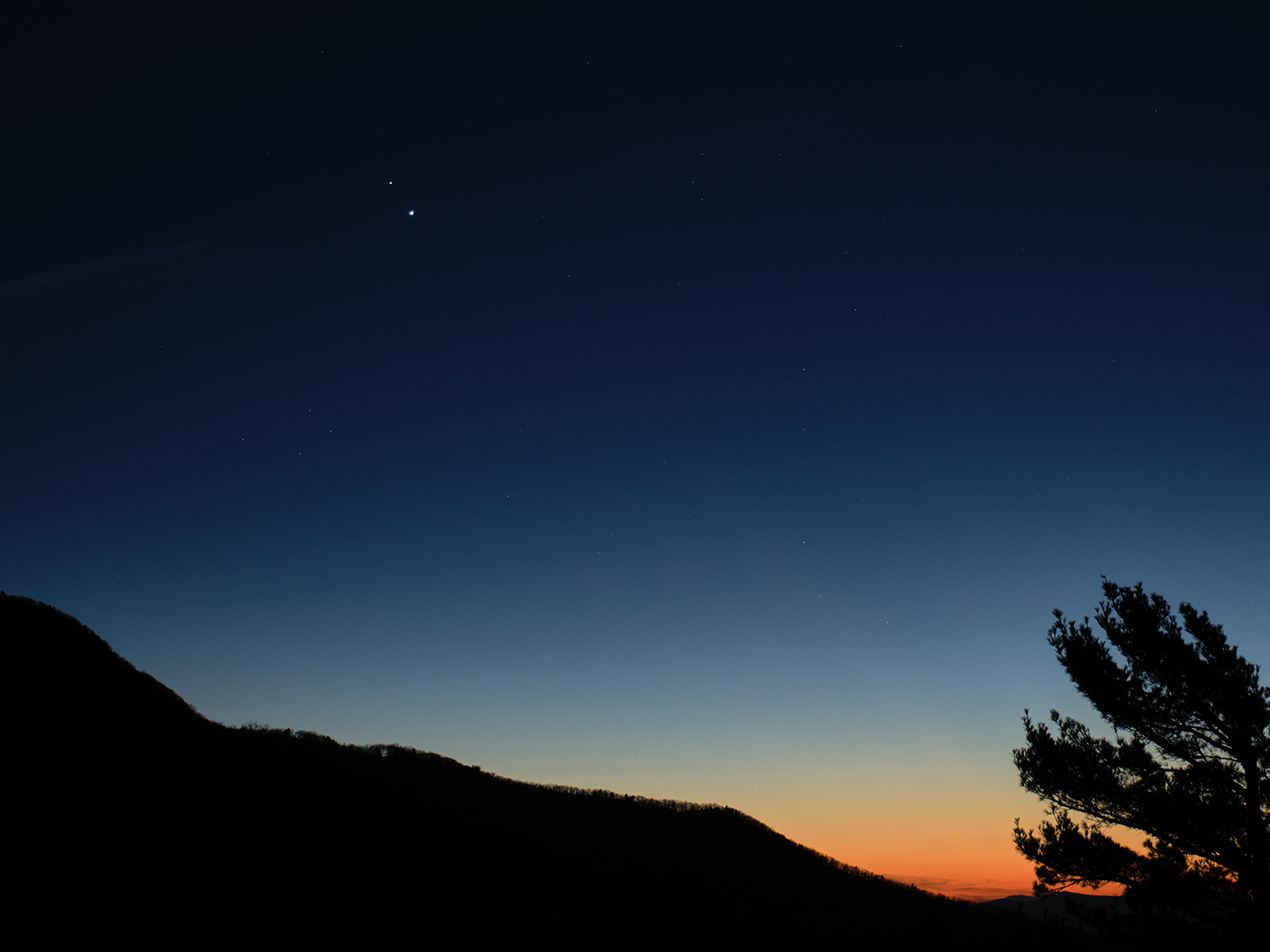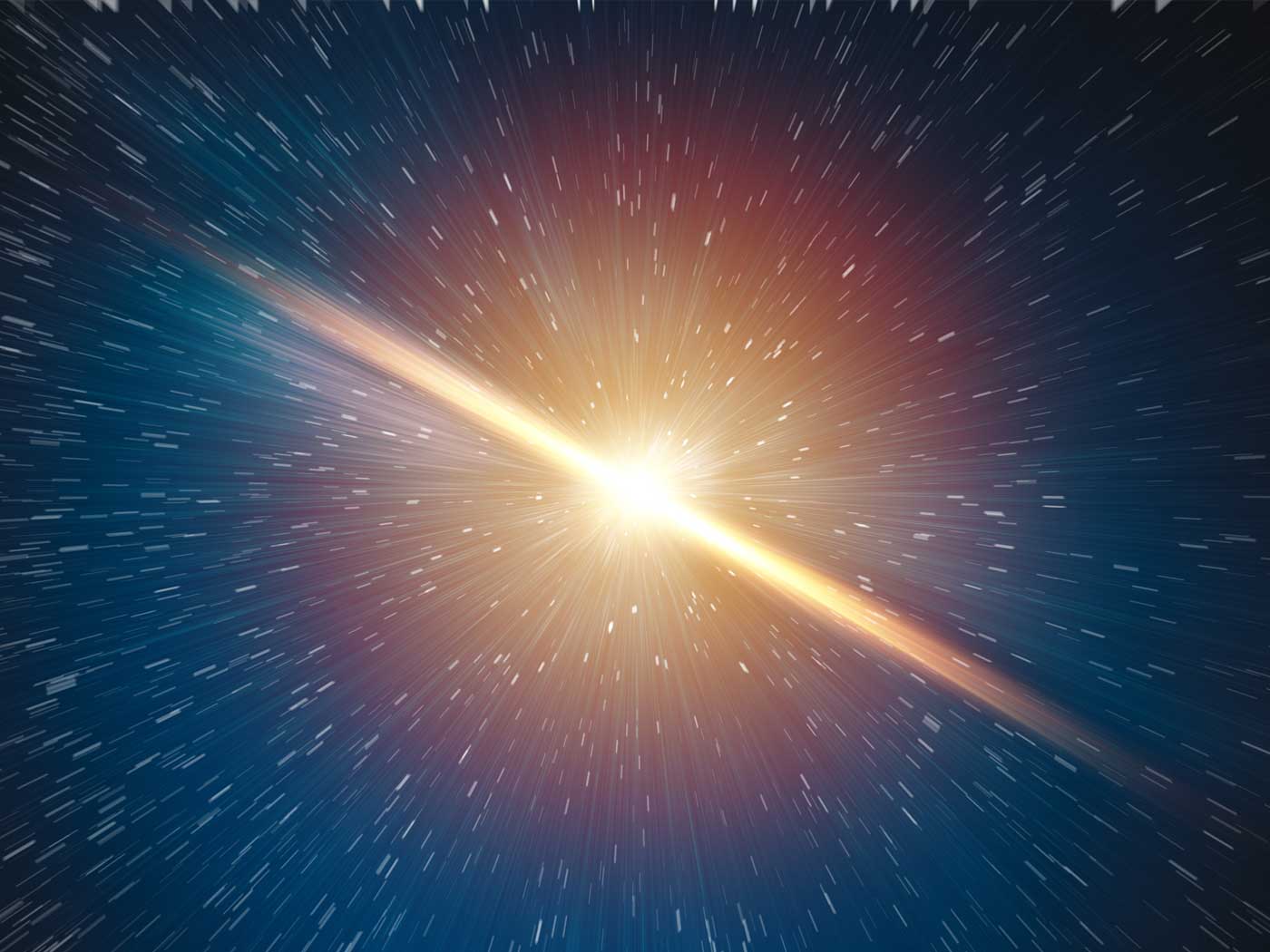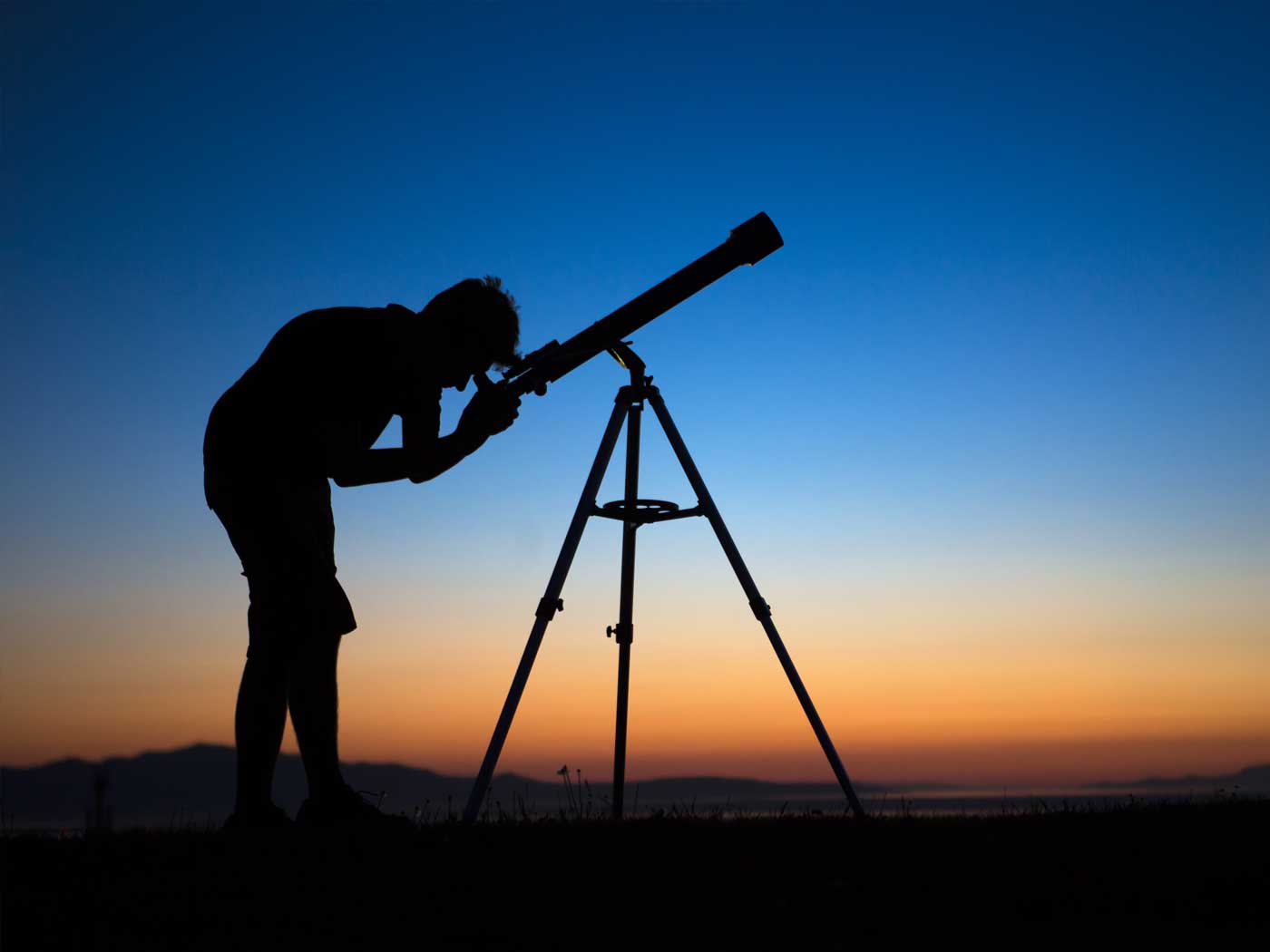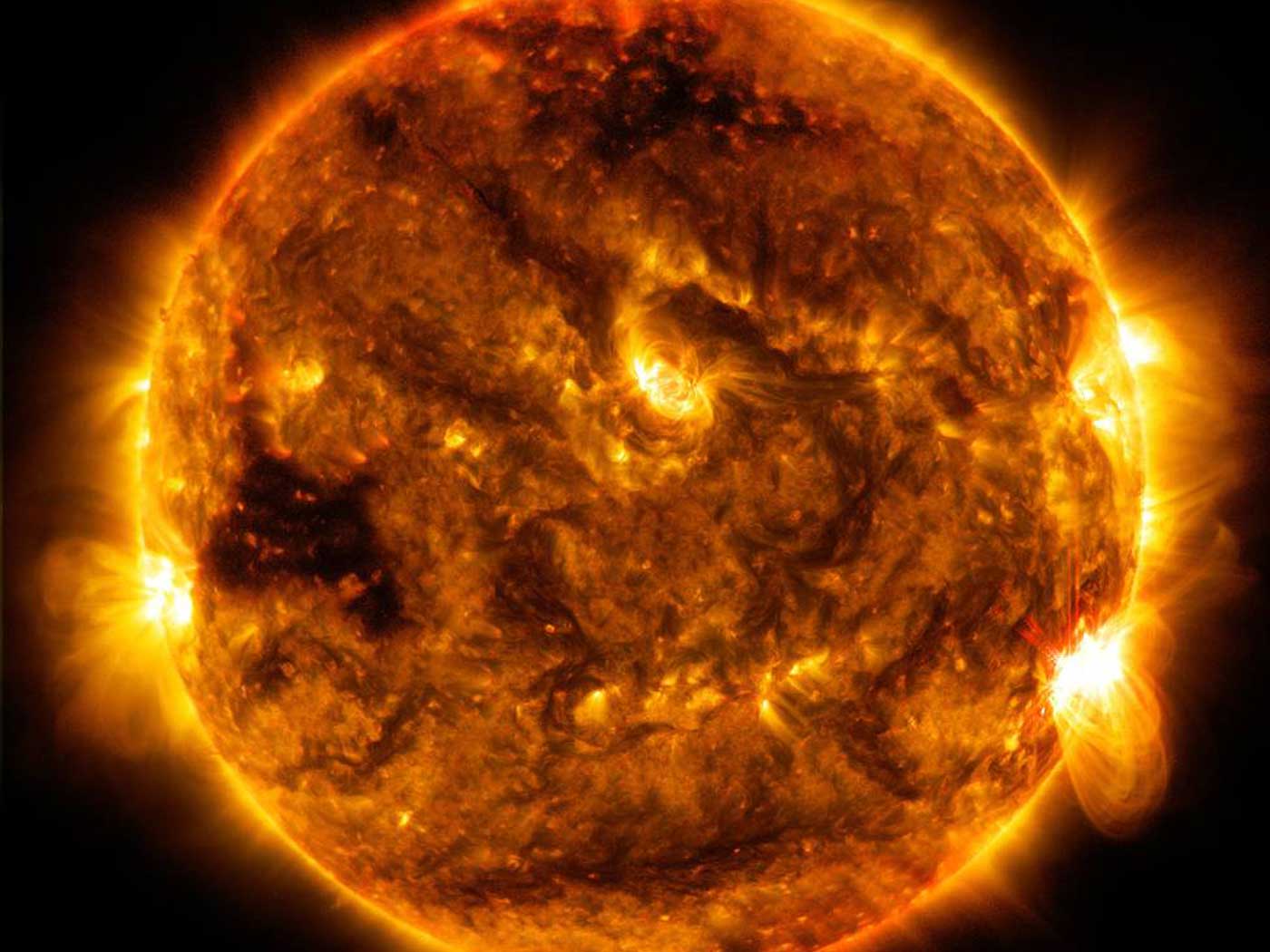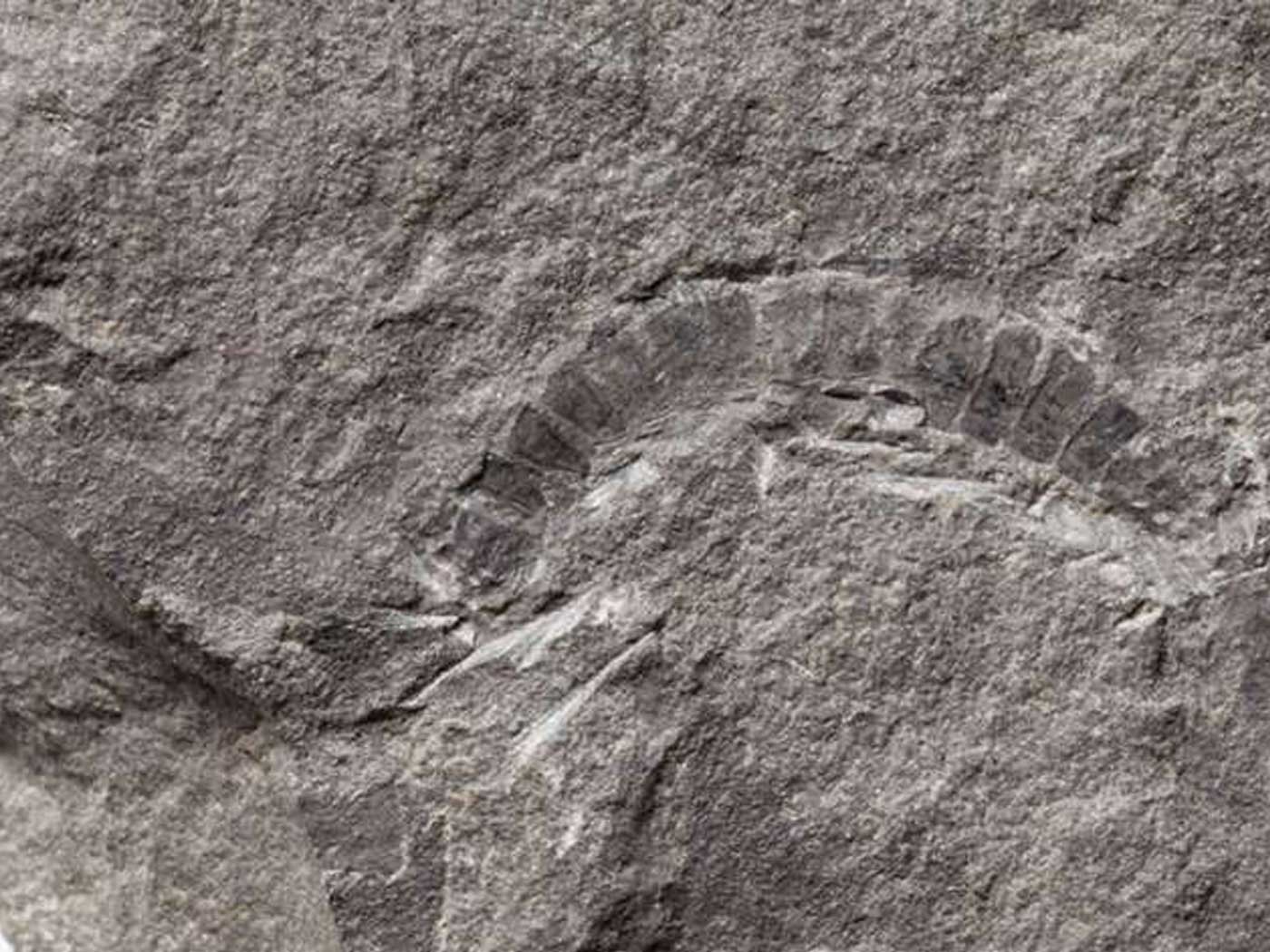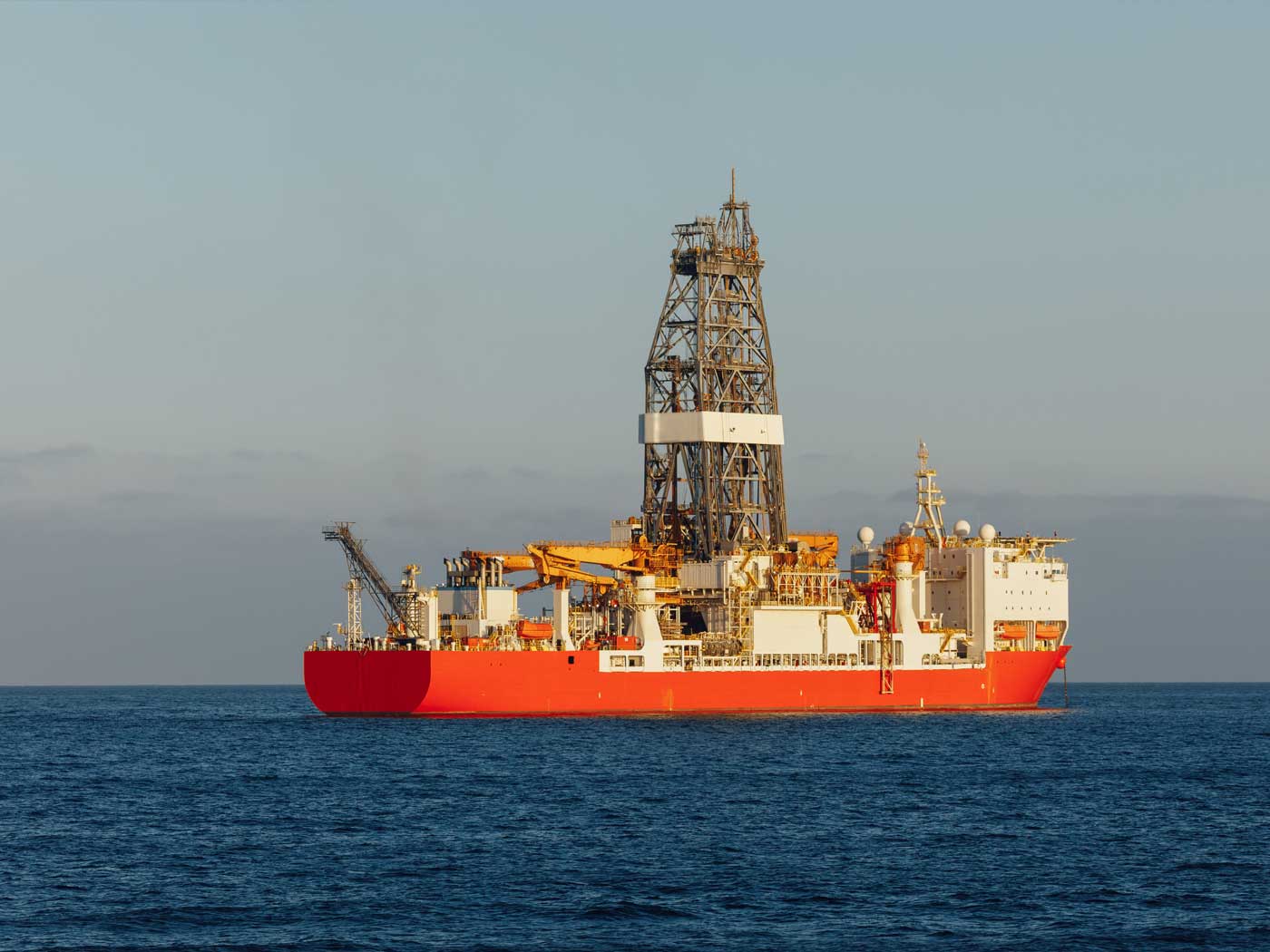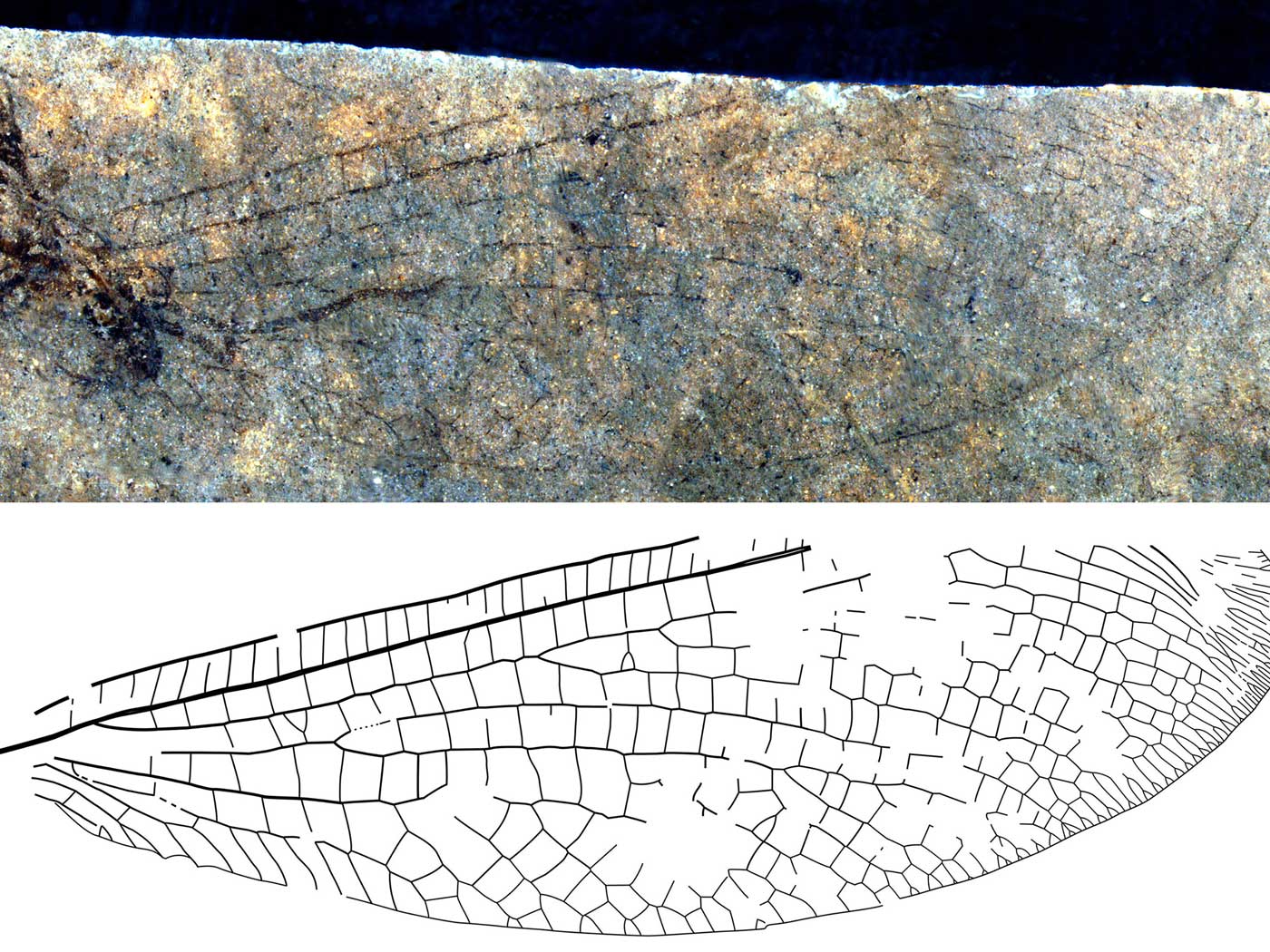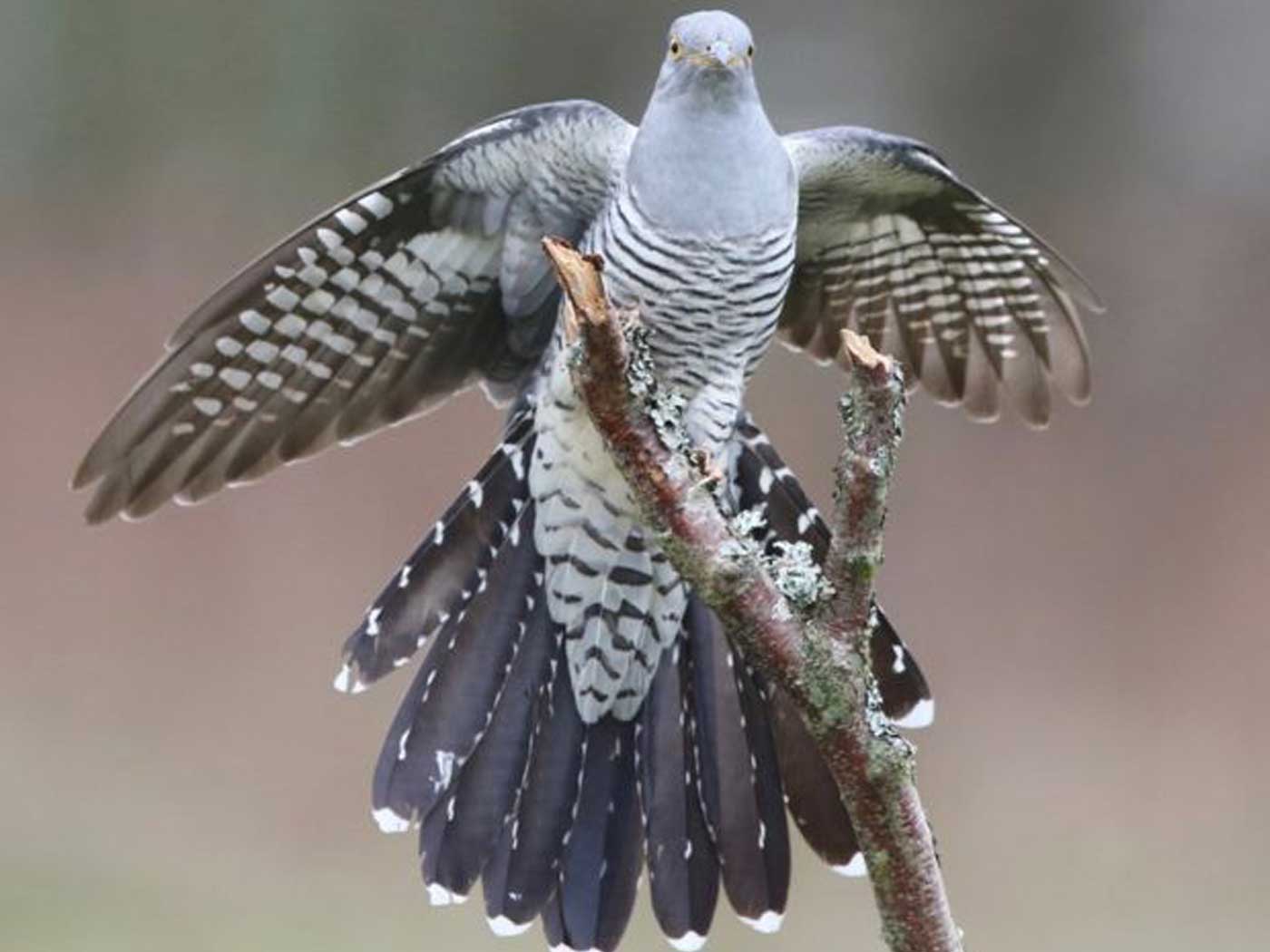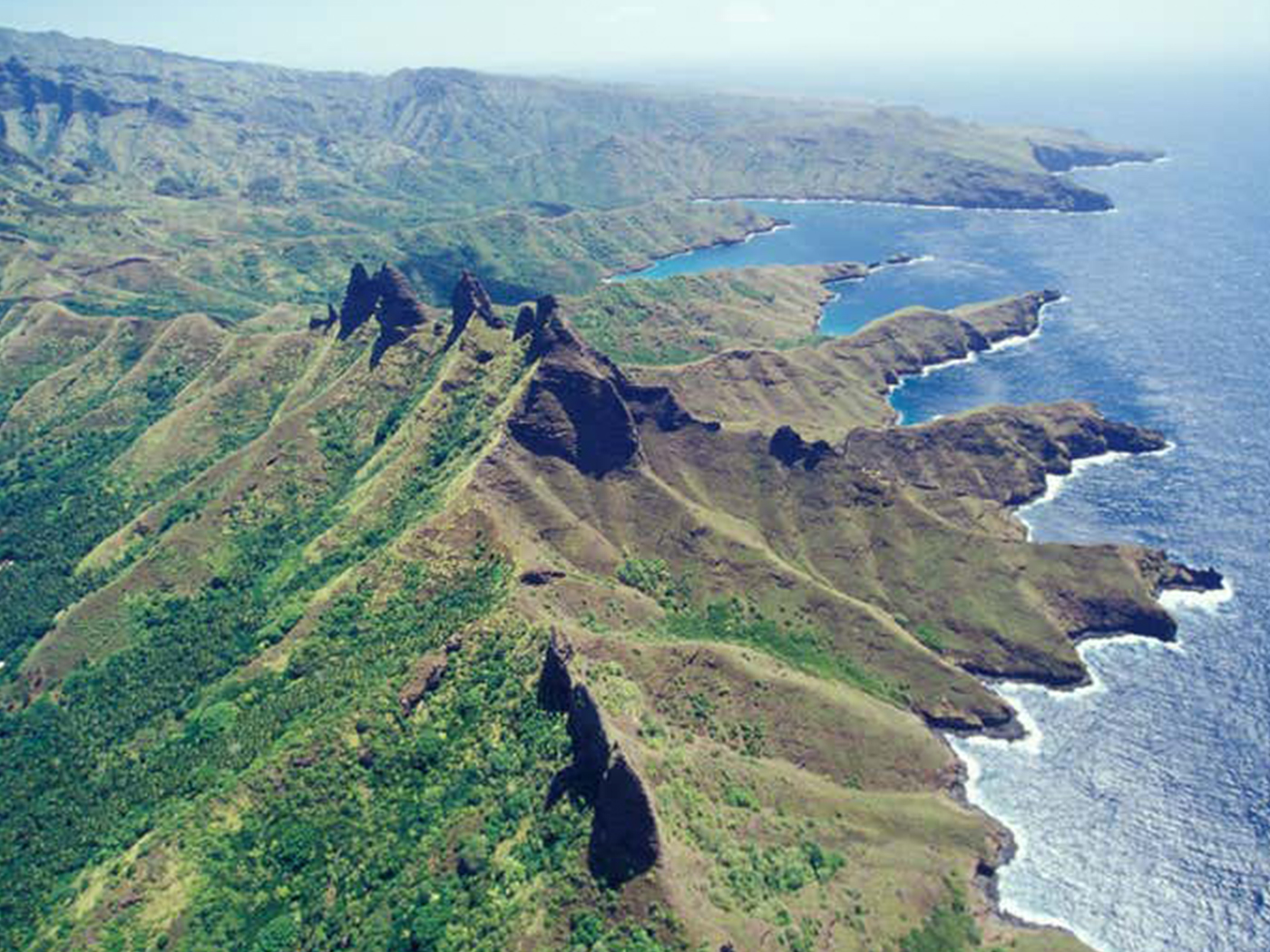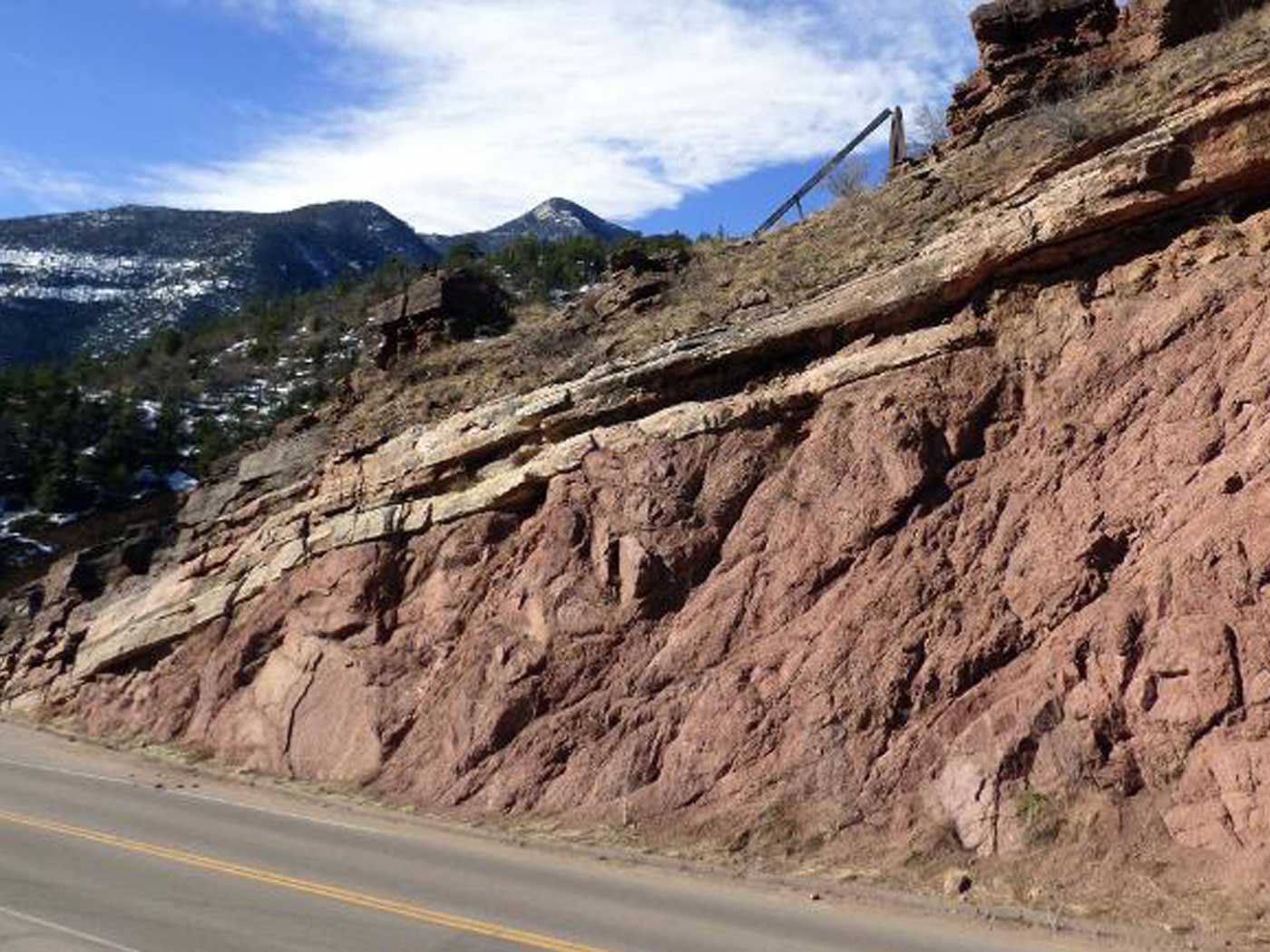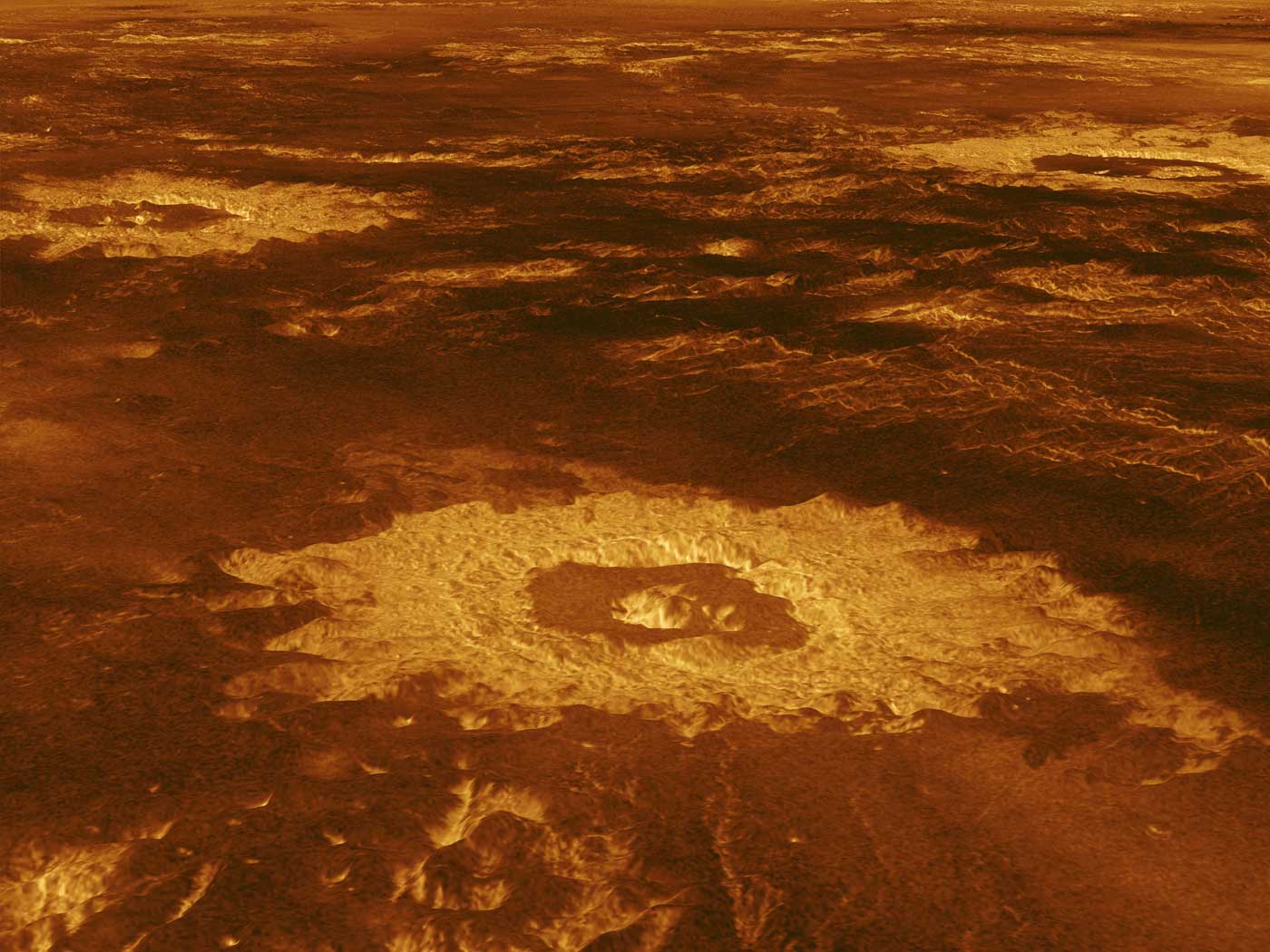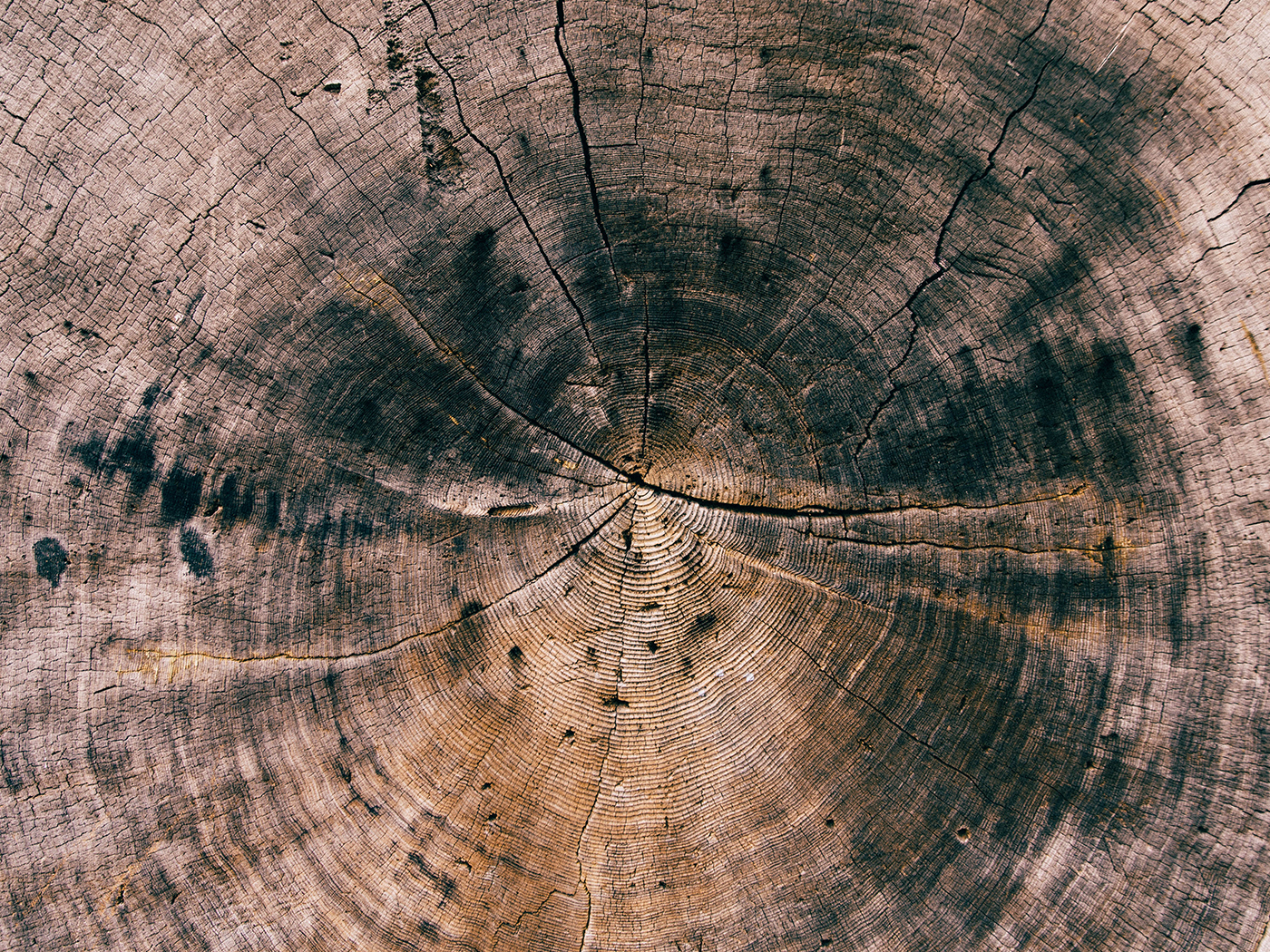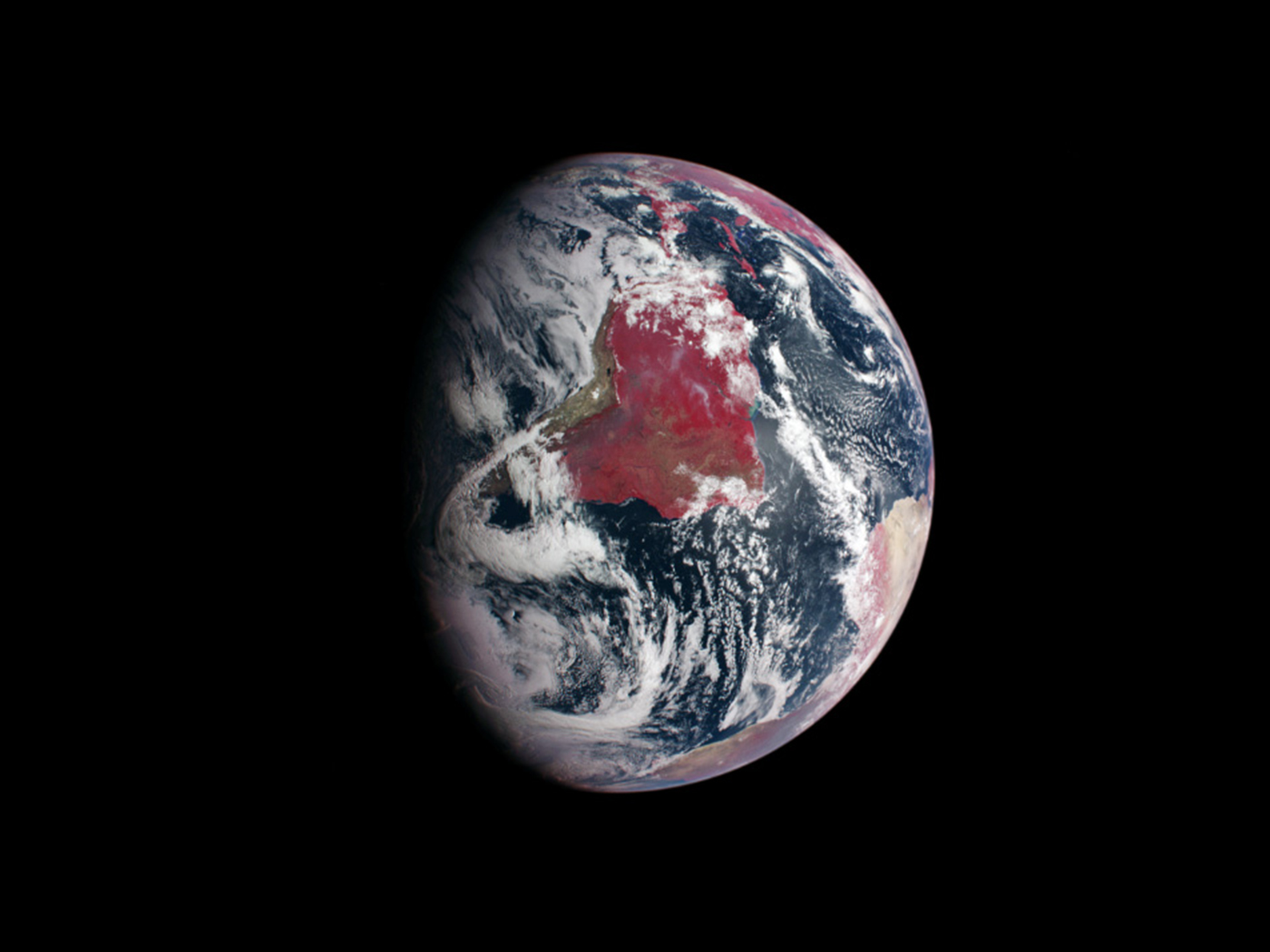Using computer simulations, a team of researchers has concluded the planet Venus could still be geologically active.1,2 The scientists used computers to simulate the formation of coronae—ring-shaped, volcanic structures on the planet’s surface. By comparing the results of their simulations to images taken by spacecraft, they concluded that at least 37 coronae have been recently active.2
Laurent Montési, geologist and coauthor of the study, stated that this discovery “significantly changes the view of Venus from a mostly inactive planet to one whose interior is still churning and can feed many active volcanoes.”2
Eight years ago, the European Space Agency’s Venus Express spacecraft detected significant changes in the amount of sulfur dioxide in the Venusian atmosphere. Because sulfur dioxide is a product of volcanic eruptions but is quickly broken down by sunlight, evidence of variations in the amount of this substance in the Venusian atmosphere means there must have been recent volcanic activity.3 Earlier this year, other researchers reached that same conclusion after determining that some lava flows on Venus could be “no more than several years old.”4,5
Ongoing volcanism on Venus is hardly surprising if the planet is only 6,000 years old, although ongoing volcanism may not necessarily be a problem for the old-earth view per se: some secular scientists were expecting Venus to be geologically active.6,7 Still, they were very much surprised by the inferred extent of this volcanism. Based on the relatively random and widespread distribution of craters on the surface, these scientists concluded that something catastrophic “repaved” the entire Venusian surface in the relatively “recent” past, meaning 500 million years ago.8
However, ongoing volcanism, combined with a catastrophic resurfacing in the recent past, could be a problem for old-earthers. Suzanne Smrekar of NASA’s Jet Propulsion Laboratory helped analyze data obtained from the Venus Express. She noted that a catastrophic surfacing 500 million years ago means that “Venus would have had to beessentially [sic] dead since then.”9
What Laurent Montési and his colleagues discovered says the opposite: Venus isn’t dead! Perhaps a catastrophic resurfacing 500 million years ago should imply a geologically dead Venus. But what if this occurred much more recently, say just thousands of years ago? In that case, this catastrophic resurfacing could still be consistent with ongoing geologic activity.
Perhaps because of this problem, some secular scientists are now trying to argue that Venus has been slowly, progressively repaved over time and was not resurfaced catastrophically, even though this has been the conventional wisdom since the 1990s.9 In 1995, planetary scientist Dan McKenzie said, “At the moment catastrophism is the only explanation for the craters [on Venus] which anyone has offered which works. I don’t like catastrophism. I don’t know what the answer is. I don’t know how to explain that by uniformitarian argument but I haven’t given up trying.”6
One can’t help but wonder why secular scientists have such a strong emotional dislike for the possibility that catastrophism might be needed to explain Venusian geology. Is it perhaps because, if catastrophism is a necessary explanation for the geology on Venus, then perhaps catastrophism might also be needed to explain Earth’s geology? And what if that catastrophe involved lots and lots of water and sounds suspiciously like Noah’s Flood?
Because creationists accept that the planets are young, they can consider the possibility that Venus’ young surface might be original and that a global catastrophe might not necessarily be needed to explain it. Uniformitarians, on the other hand, are forced to invoke a catastrophe to explain the existence of a young surface on a supposedly old planet—in spite of their dislike for catastrophism. In either case, recent volcanism on Venus and Venus’ young surface are more pieces of evidence pointing strongly to recent creation.
References
1. Anna J.P. Gülcher et al., “Corona structures driven by plume-lithosphere interactions and evidence for ongoing plume activity on Venus,” Nature Geoscience 13 (July 2020): 547–554.
2. Wall, M. Venus probably has active volcanoes right now. Space.com. Posted on Space.com July 20, 2020, accessed July 24, 2020.
3. Are Venus’ Volcanoes Active? Clues Suggest Yes. Space.com. Posted on Space.com December 6, 2012, accessed July 24, 2020.
4. Choi, C. Q. There May Be Active Volcanoes on Venus: New Evidence. Space.com. Posted on Space.com January 3, 2020, accessed July 24, 2020.
5. Justin Filiberto et al., “Present-day volcanism on Venus as evidenced from weathering rates of olivine,” Science Advances 6, no. 1 (January 2020), https://doi.org/10.1126/sciadv.aax7445.
6. “Venus Unveiled.” Nova. 1995; PBS, 1995. Transcript.
7. However, this may have been based on the expectation that Venus would have plate tectonics like Earth, but that was not the case.
8. Roger J. Phillips et al., “Impact craters and Venus resurfacing history,” Journal of Geophysical Research – Planets 97, E10 (October 1992): 15923-15948, https://doi.org/10.1029/92JE01696.
9. Thompson, A. Volcanoes on Venus May be Young and Active. Space.com. Posted on Space.com April 8, 2010, accessed July 24, 2020.
*Dr. Jake Hebert is Research Associate at the Institute for Creation Research and earned his Ph.D. in physics from the University of Texas at Dallas.
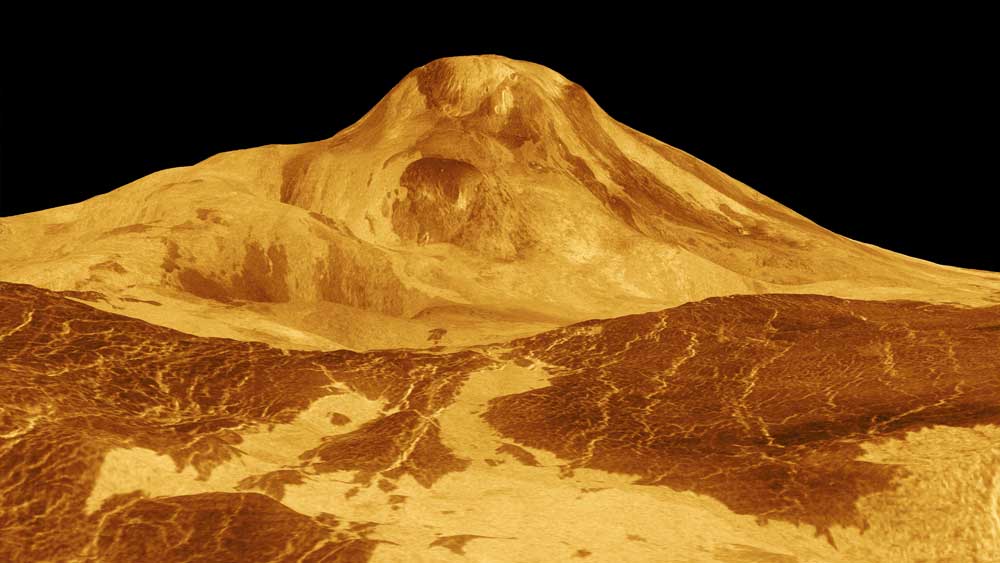
Venus May Be Geologically Active
The Latest
Was a Key to Photosynthesis Evolution Discovered?
Northern Canadian lakes were the source of recently discovered unique photosynthetic bacteria of the phylum Chloroflexota. After years of culturing,...
CREATION PODCAST
Four Moons That Indicate a Young Universe | The Creation Podcast:...
Earth has one moon, but Jupiter has many! What can we learn from our celestial neighbor's satellites? Do they indicate youth?
Host...
Creation Kids: Seeds and Sprouts
by Renée Dusseau and Susan Windsor*
You're never too young to be a creation scientist and explore our Creator's world. Kids, discover...
APOLOGETICS
Christ’s Creativity in Canyon Critters
Grand Canyon animals display many marvelous traits and behaviors as they live life in that harsh habitat. These canyon creatures succeed thanks to the...
Standing Against False Science
I’m Michael Stamp, and I’m in my 12th year as an editor at the Institute for Creation Research. It’s always an encouragement to see...
Oysters and Pre-Flood Longevity
The oyster species Crassostrea virginica, also known as the eastern oyster, is a prized seafood. Research has demonstrated that a fossil version of...
Galápagos Finches: A Case Study in Evolution or Adaptive Engineering?
A group of birds known as Darwin’s finches live in the Galápagos Islands, which are located in the Pacific Ocean 600 miles west of Ecuador....
Hot Springs National Park: Hydrothermal Springs Formed By The...
Hot Springs National Park is located about an hour southwest of Little Rock in the folded Ouachita Mountains of central Arkansas. It is the second smallest...
Why Biology Needs A Theory of Biological Design—Part 2
“Based on a true story” is included by movie producers to add authenticity, importance, and a flair of anticipation. So, my account of how...
Marine Fossil Tapeworm Is Still a Tapeworm
The Flood was both sudden and rapid. The burial of creatures—including delicate plants and soft-bodied animals like jellyfish1—occasionally...




